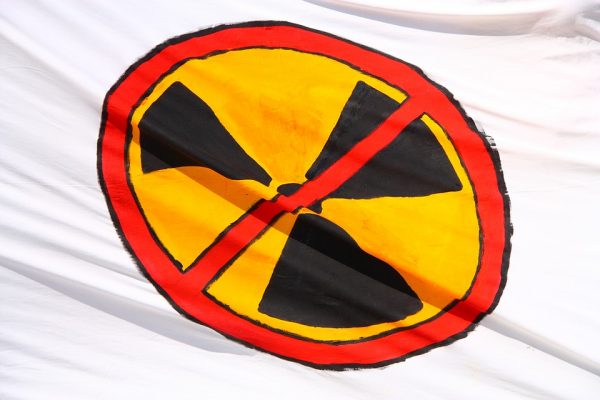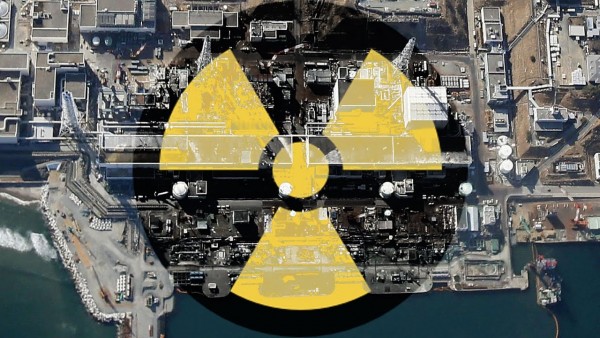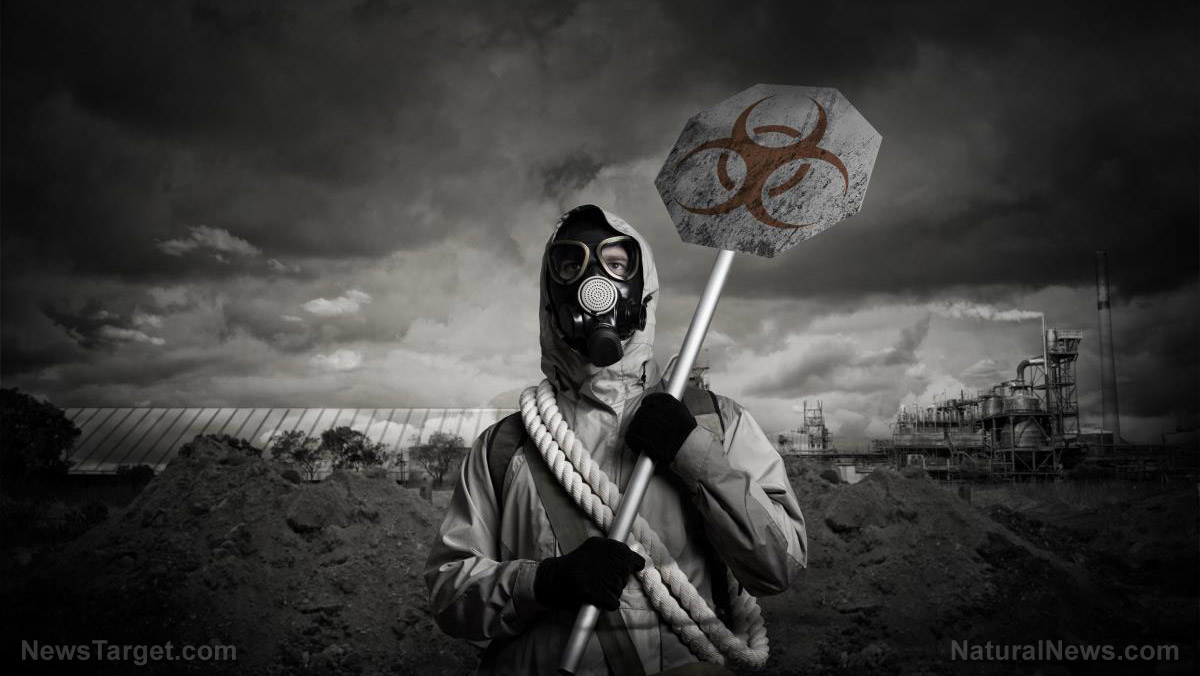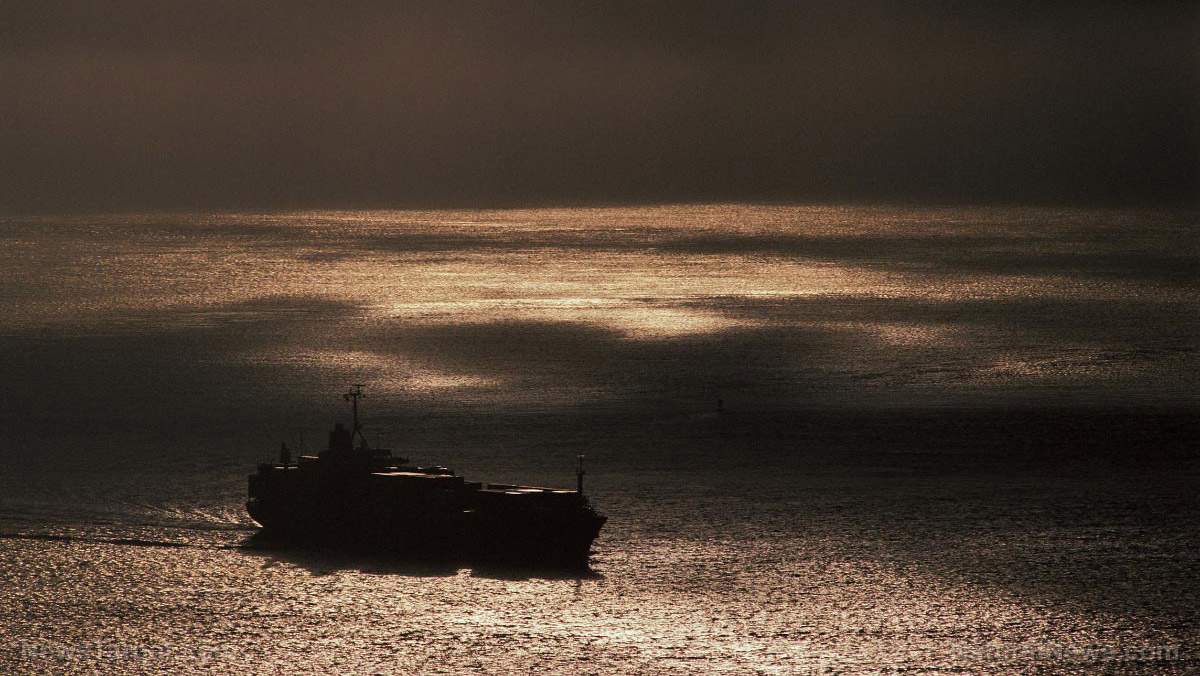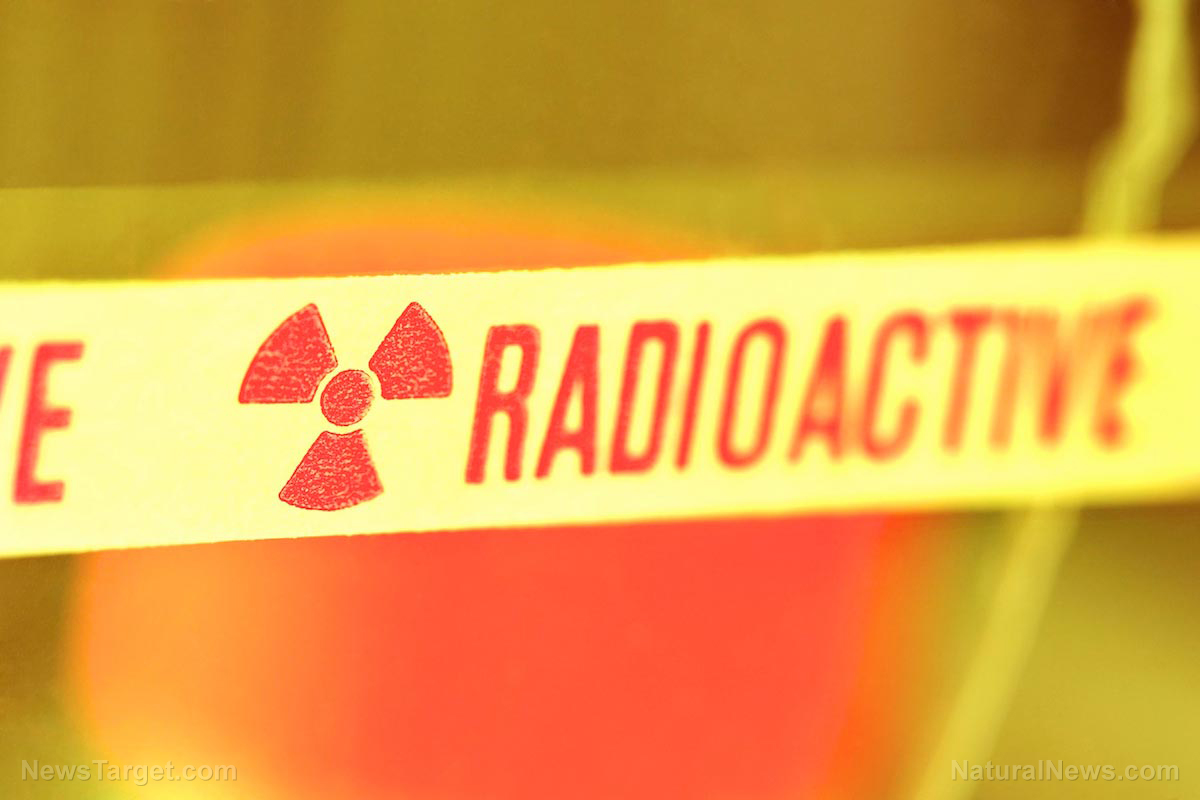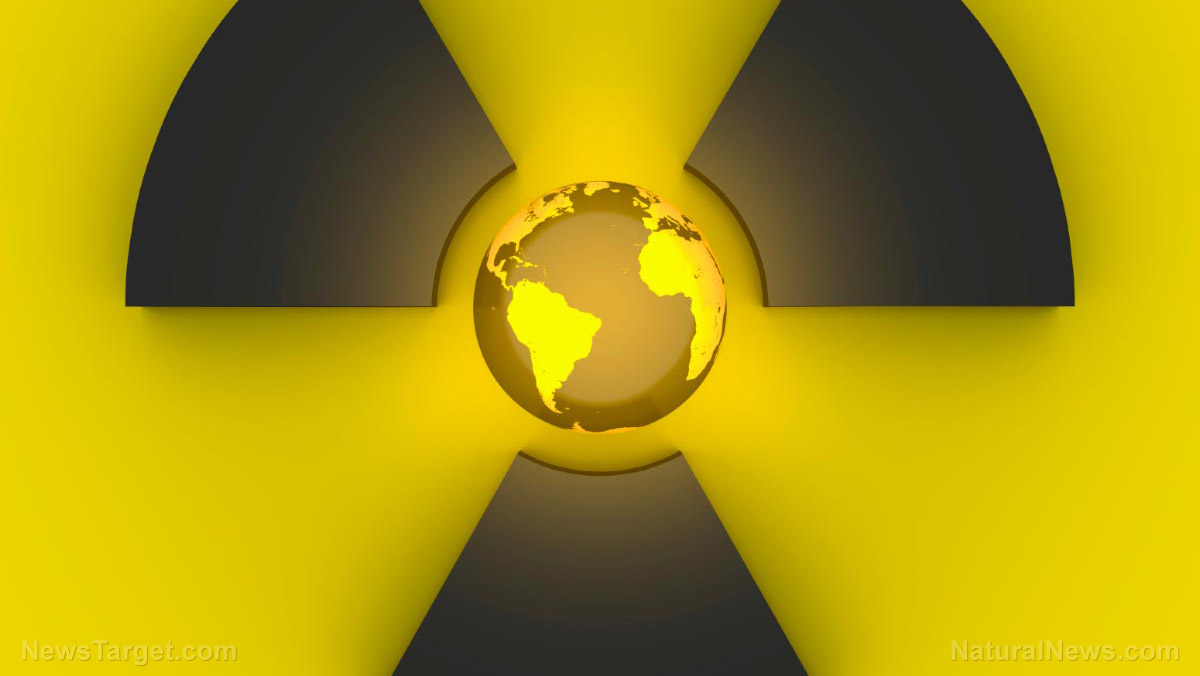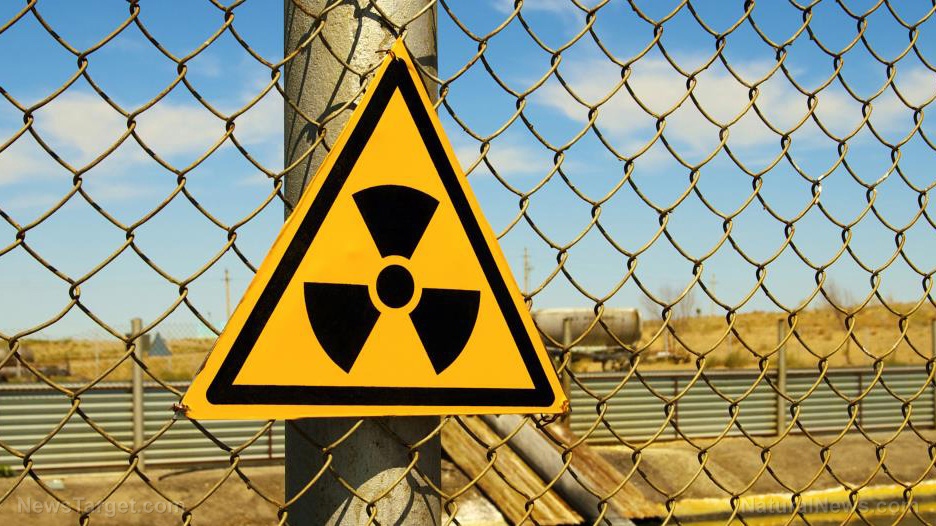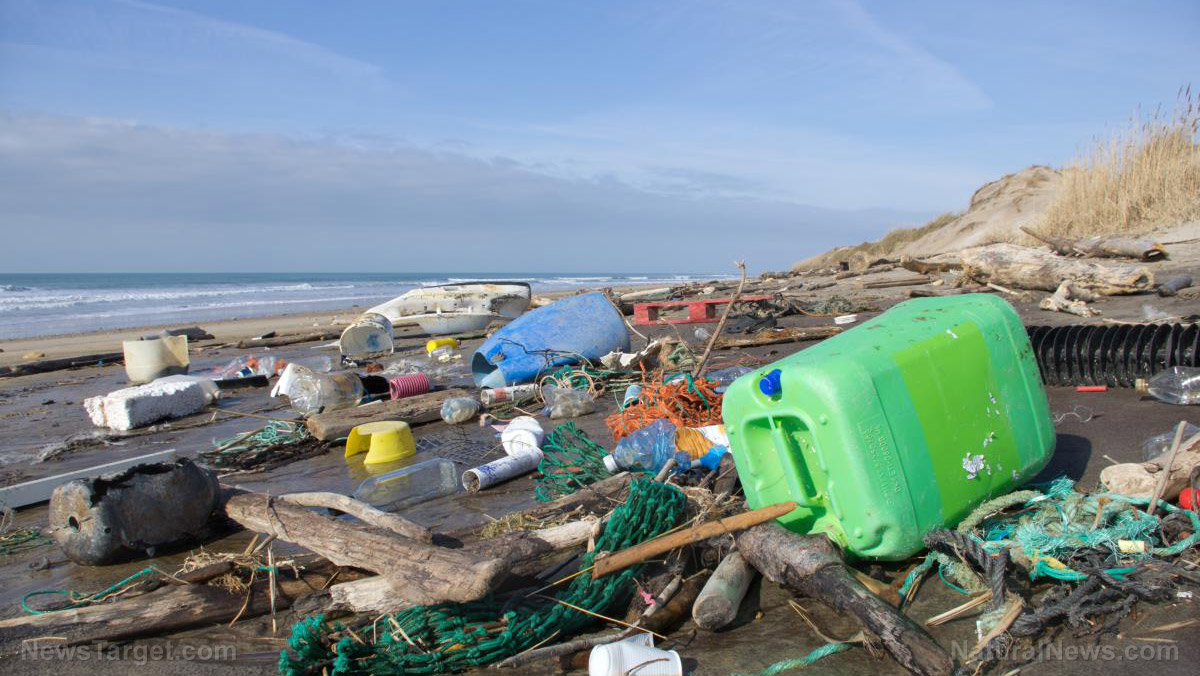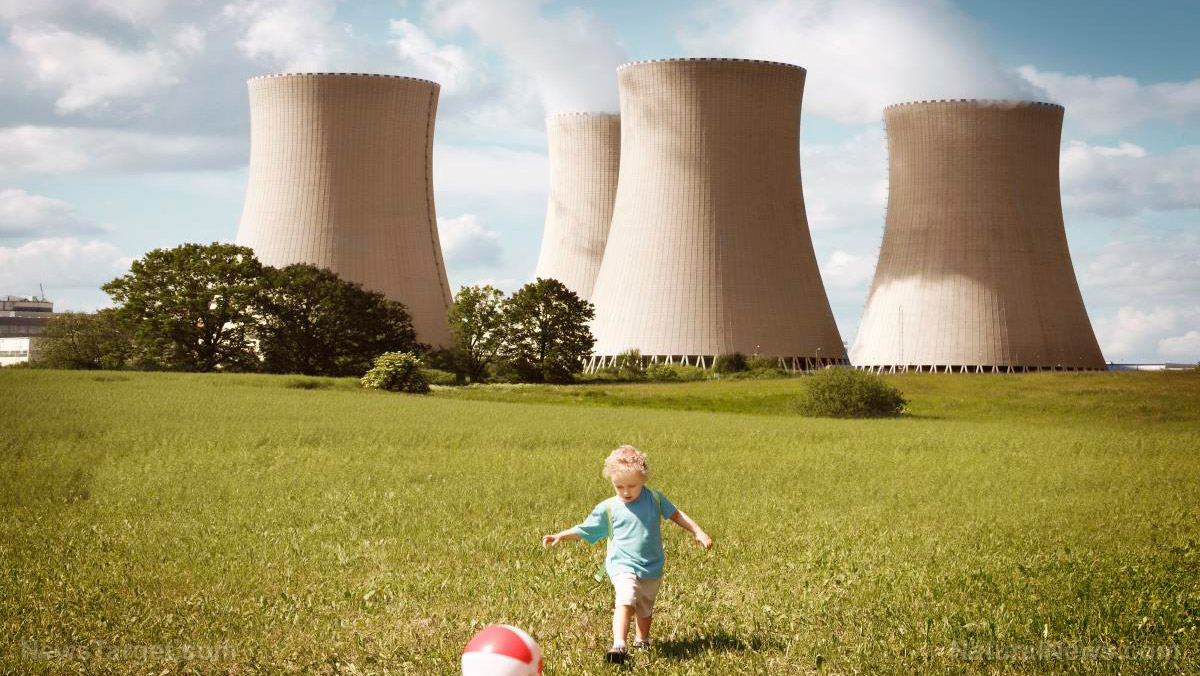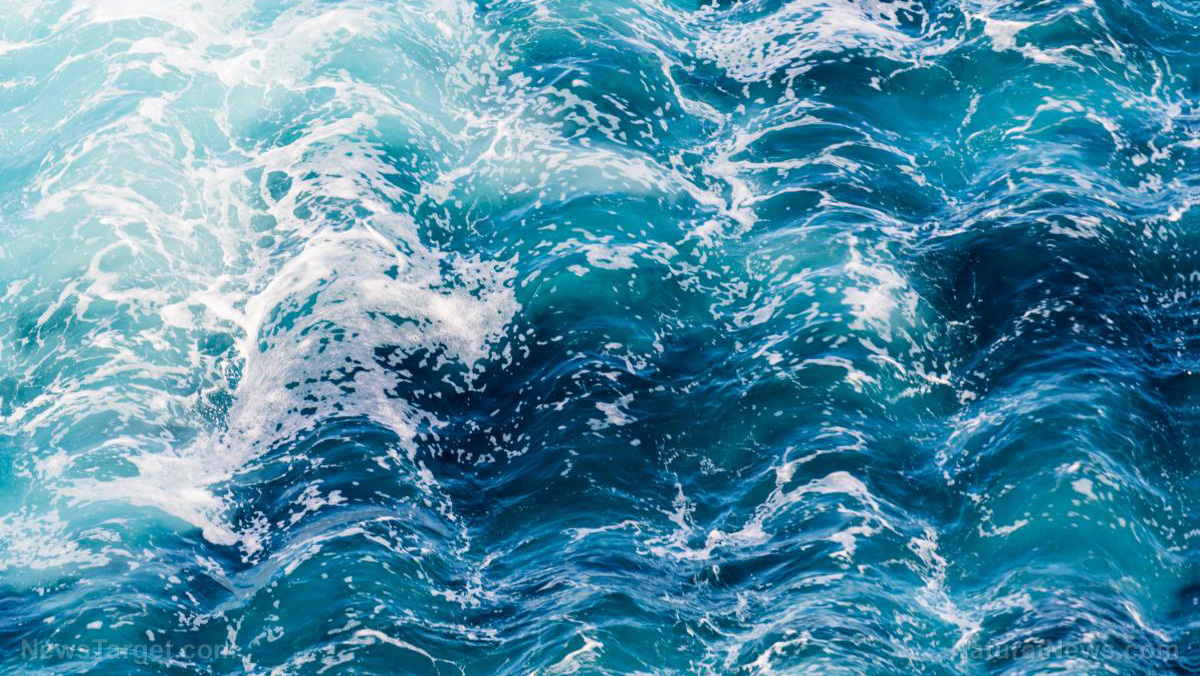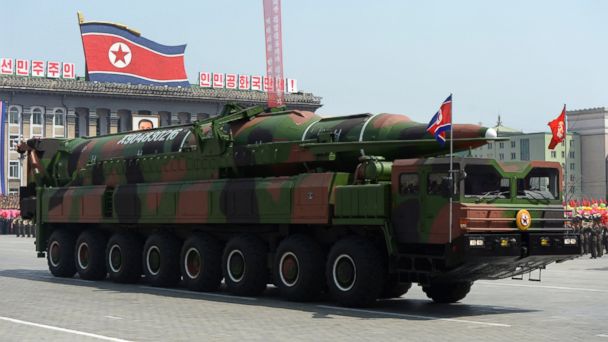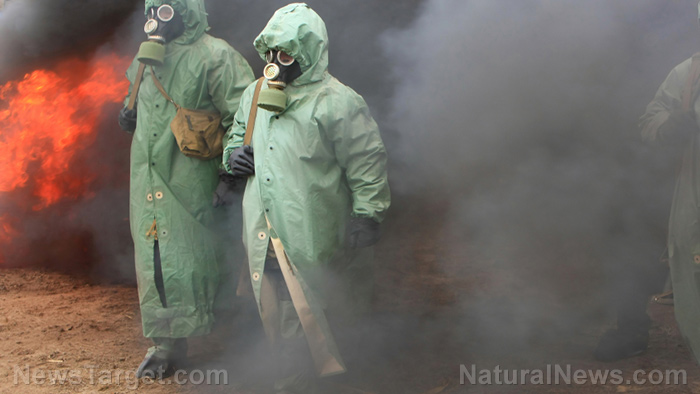Japan Railways has suspended operations of dozens of bullet trains operating in eastern Japan. The precaution has been taken so engineers can check tracks to make sure they have not been damaged by the earthquake, Julian Ryall reports.
Live Japan earthquake: 7.3 magnitude quake strikes off Fukushima – tsunami warning issued
11/21/2016 / By fukushima
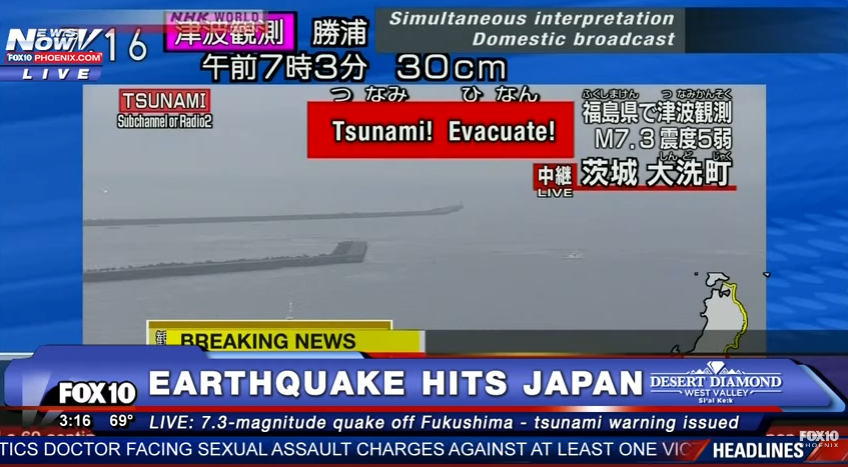
Boats trying to get out to sea to avoid imminent tsunami waves
National broadcaster NHK immediately began showing images of coastal towns in Fukushima Prefecture and issuing warnings for local people to evacuate to higher ground, Julian Ryall reports.
The same message was repeated over tannoy systems operated by local authorities. Emergency vehicles could be seen on docks while fishing boats and other small vessels could be seen hastily putting to sea in an attempt to ride out the incoming waves.
Flashbacks to the Great East Japan earthquake on 2011
Today’s earthquake has prompted flashbacks to March 2011, when a 9.1 magnitude quake hit just off the Eastern coast, David Lawler writes.
That was the most powerful quake in Japan’s history, and one of the largest recorded in modern history.
It triggered to a massive tsunami, with waves of up to 40 meters (133 feet) in height.
Nearly 16,000 people were killed by the earthquake and tsunami, with hundreds of thousands left at least temporarily homeless.
The tsunami also caused a meltdown at the Fukushima nuclear plant. No one was immediately killed in the nuclear disaster, though thousands were exposed to radiation.
Quake caused buildings to shake in Tokyo
The tremor caused tall buildings to sway in Tokyo, some 200 miles to the south, but there have been no immediate reports of significant damage, Julian Ryall reports.
The quake started off a as a slow undulating motion but quickly built up to more powerful shaking. The tremor lasted for more than a minute before tailing off, but was followed by at least one minor aftershock.
Fukushima nuclear plant being checked for earthquake damage
There were no immediate reports of damage or injury, which struck at 5:59 a.m. (2059 GMT).
Tokyo Electric Power Co was checking its nuclear plants in Fukushima for damage, public broadcaster NHK said.
Tohoku Electric Power Co said there was no damage to its Onagawa nuclear plant.
Television footage showed ships moving out to sea from Fukushima harbours, as the meteorological agency warned of a tsunami of 3 metres (10 feet) for Fukushima, where Tepco’s Daiichi nuclear plant was devastated in a March 2011 quake and tsunami.
BREAKING: Tsunami warning issued after preliminary Magnitude 7.3 earthquake strikes off coast of Fukushima, Japan. More details to come pic.twitter.com/0NCIPOiaSz
— The Weather Network (@weathernetwork) November 21, 2016
Earthquakes are common in Japan, one of the world’s most seismically active areas. Japan accounts for about 20 percent of the world’s earthquakes of magnitude 6 or greater.
The March 11, 2011, quake was magnitude 9, the strongest quake in Japan on record. The massive tsunami it triggered caused world’s worst nuclear crisis since Chernobyl a quarter of a century earlier.
The U.S. Geological Survey initially put Tuesday’s quake at a magnitude of 7.3 but down graded it to 6.9.
All nuclear plants on the coast threatened by the tsunami are shutdown in the wake of the Fukushima disaster. Only two reactors are operating in Japan, both in the southwest of the country. Even when in shutdown nuclear plants need cooling systems operating to keep spent fuel cool.
Tsunami warning for waves of three metres (10 feet)
There is a live stream here – people by the coast are being warned to evacuate immediately.
Fukushima is under threat from the tsunami waves
//BREAKING #Japan#Earthquake#japanearhquake Earthquake w/ magn of 7.3 at the coast of Fukushima (Local time: 6 am) pic.twitter.com/QkywwpfmqR — Pieterjan De Coninck (@Pieterjan95) November 21, 2016
Earthquake epicentre
powerful #earthquake (#地震) shakes Near East Coast of Honshu, Japan 20 min ago. Witnesses’s reports: pic.twitter.com/2cYZ2k7lSz
— EMSC (@LastQuake) November 21, 2016
7.3 magnitude earthquake strikes northern Japan
An earthquake of magnitude 7.3 struck early on Tuesday, local time, off the Japanese coast, some 67 km northeast of Iwaki, the U.S. Geological Survey said.
The USGS reported the depth of the quake at 10 km.
Read more at: telegraph.co.uk
Tagged Under: breaking news, earthquake, Fukushima, Japan, live, November 21, nuclear

